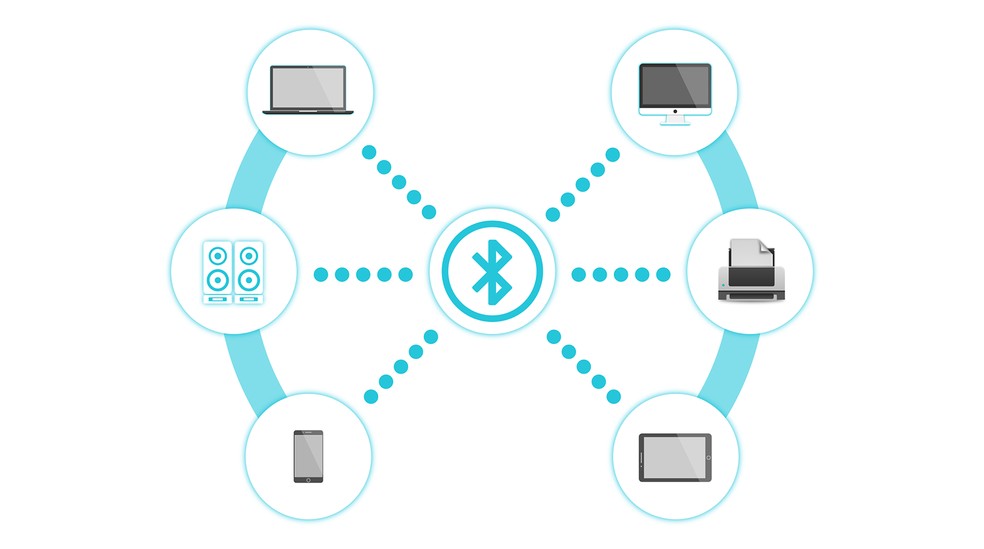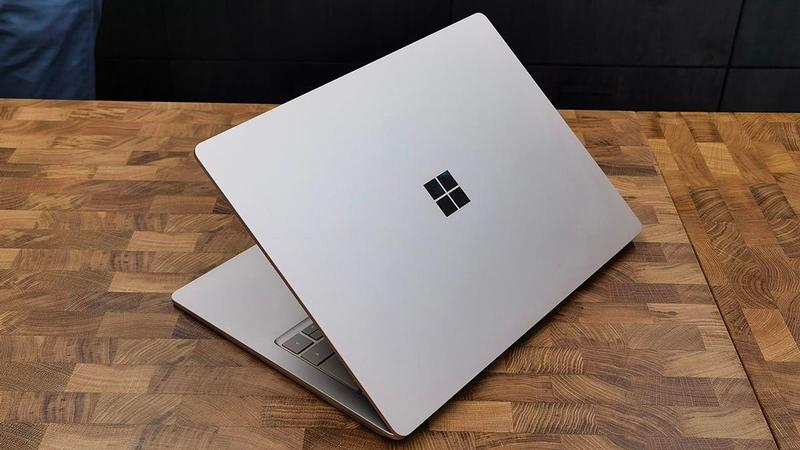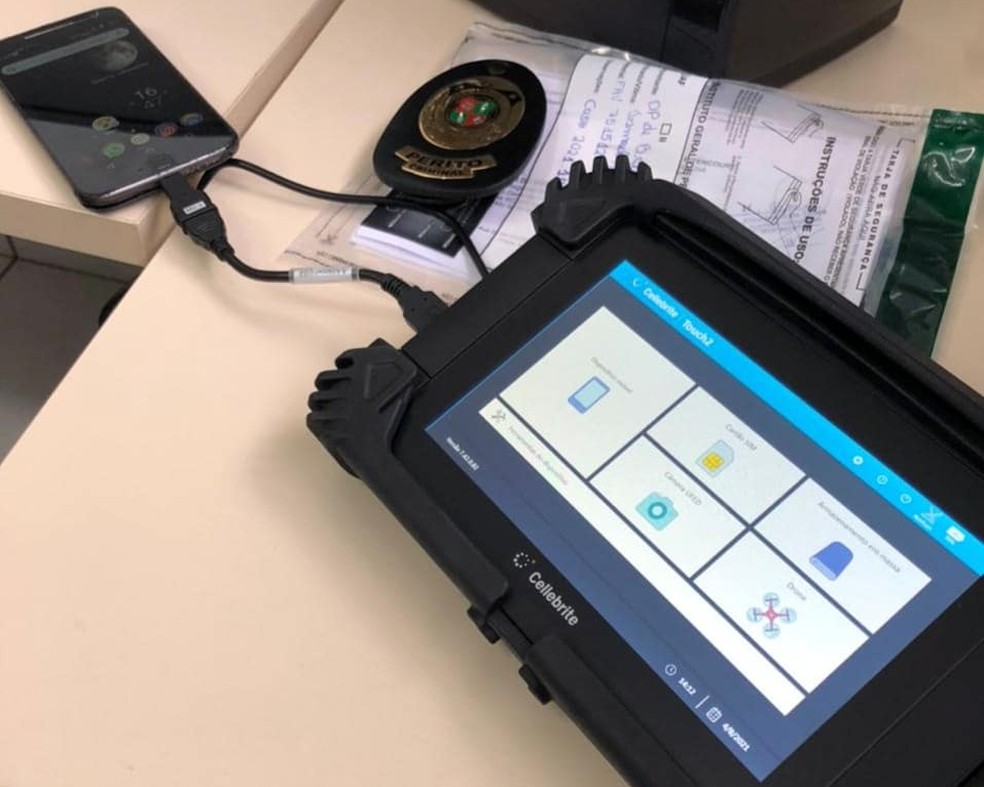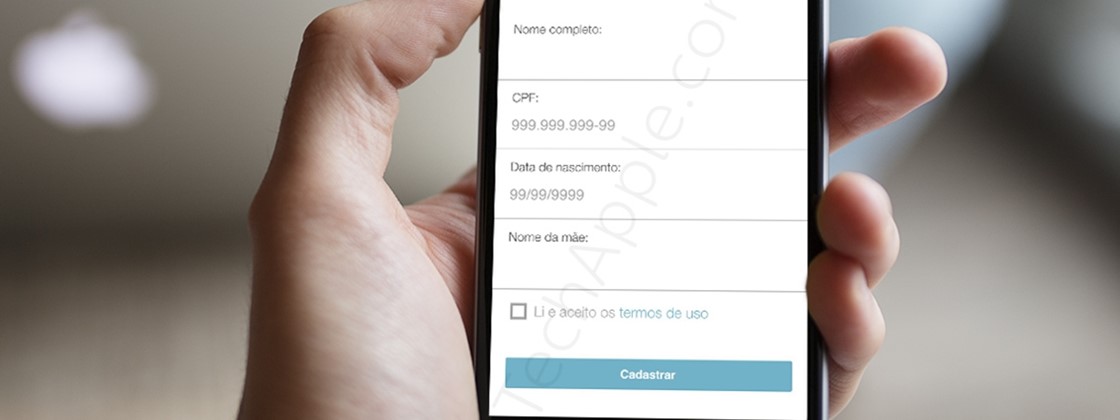Understand when a cell phone infected with viruses can transmit the malicious program to other devices
- Is it possible for my phone to transmit a virus to another phone via Bluetooth?
Example: I recorded a video on my cell phone that is infected with viruses and sent it to my brother’s cell phone. Could my brother’s cell phone be infected now?
- I also sent the video via WhatsApp to my friend. Will my friend’s cell phone get viruses because I sent the video? In other words, is the virus transmissible through a video recorded by the infected cell phone?
- If I format the phone, does it remove the virus? – Paulo Soares
Paulo, I will start by answering your questions with some general clarifications.
The “viruses” that normally attack cell phones, as a rule, are not viruses in the traditional sense of the word. That is, they do not spread to other devices in any way.
The correct technical term for these digital pests is “Trojan horse”, because they arrive on the smartphone disguised as useful apps, such as games or promotions. When you install one of these apps, you end up receiving the unwanted code – a “gift from Greek”.
That’s where the term “Trojan horse” comes from.
The few codes that actually try to spread to other devices use links. These links can be sent via WhatsApp, for example. Even so, the apps published in the links are often disguised as promotions, repeating the “bait” of the Greek gift.
Virus tries to spread by WhatsApp by replying to messages with link to fake application
Now, let’s answer each of your questions:
Can a video sent via Bluetooth spread a virus?
The first malicious codes for smartphones, such as Cabir, from 2004, used Bluetooth to send an application installation file. However, the spread of viruses via Bluetooth is not a technique in use today.
The scenario you describe – with the upload of a video – is even more complicated, because video files are, as a rule, harmless.
For a video to be used in an attack, the target device (receiver) must have a vulnerability, and the video file must be manipulated to exploit this loophole. Any difference in hardware or software prevents the video attack from working.
For example, if the smartphone’s system is up to date, the breach used by the virus could be closed and the attack would stop working.
The situation you describe would be quite extraordinary. There is no smartphone virus capable of carrying out such an attack.
While it is theoretically possible to attack a cell phone via Bluetooth – if it has a vulnerability – it is in data transmission that the greatest risk is usually. The danger is low, but avoiding the use of Bluetooth keyboards in public places, for example, can be a good idea to avoid interception.
Security flaw could allow data interception on Bluetooth
Can videos uploaded on WhatsApp attack the cell phone?
This scenario is also extraordinary, but there are already concrete cases with some similarity.
The attack on billionaire Jeff Bezos did in fact take advantage of WhatsApp to send a malicious video file, but there is no record of a virus that “injects” this malicious code into videos recorded on your phone.
As already explained, video files are usually harmless, which makes any attempt to attack through videos very difficult. This is also true for other data files, such as photos, documents and audios.
Attacks using these files require immense preparation, as the file usually needs to be tailor-made for the cell phone model that will be attacked. Otherwise, the attack can fail.
Under what circumstances can a video steal information from your cell phone?
A virus is unlikely to spread using this type of technique. A software update could close the breach used by the virus, nullifying the attack.
For this reason, critical vulnerabilities like these – which allow attacks with videos and images – are usually reserved for high-value targets, such as executives at large companies, employees of sensitive sectors of the government and political activists.
It is much simpler to promise a video file and deliver an installation file (“APK”) to confuse the victim. But in this case, it is important to note that the file is not a video and you will see a message warning you about installing an application, which never appears for you to actually watch a video.
Does ‘formatting’ the phone remove viruses?
The blog has already explained that “format” is a confusing term for cell phones.
Either way, restoring or resetting to factory defaults (also called “data wiping”) is capable of removing most malicious programs from your phone. It is a simple and fast procedure, as well as free.
Therefore, it is worth trying to perform this cleaning to correct problems or suspicions before seeking technical assistance or investing a lot of time diagnosing something specific.
Just remember to have all your data important





